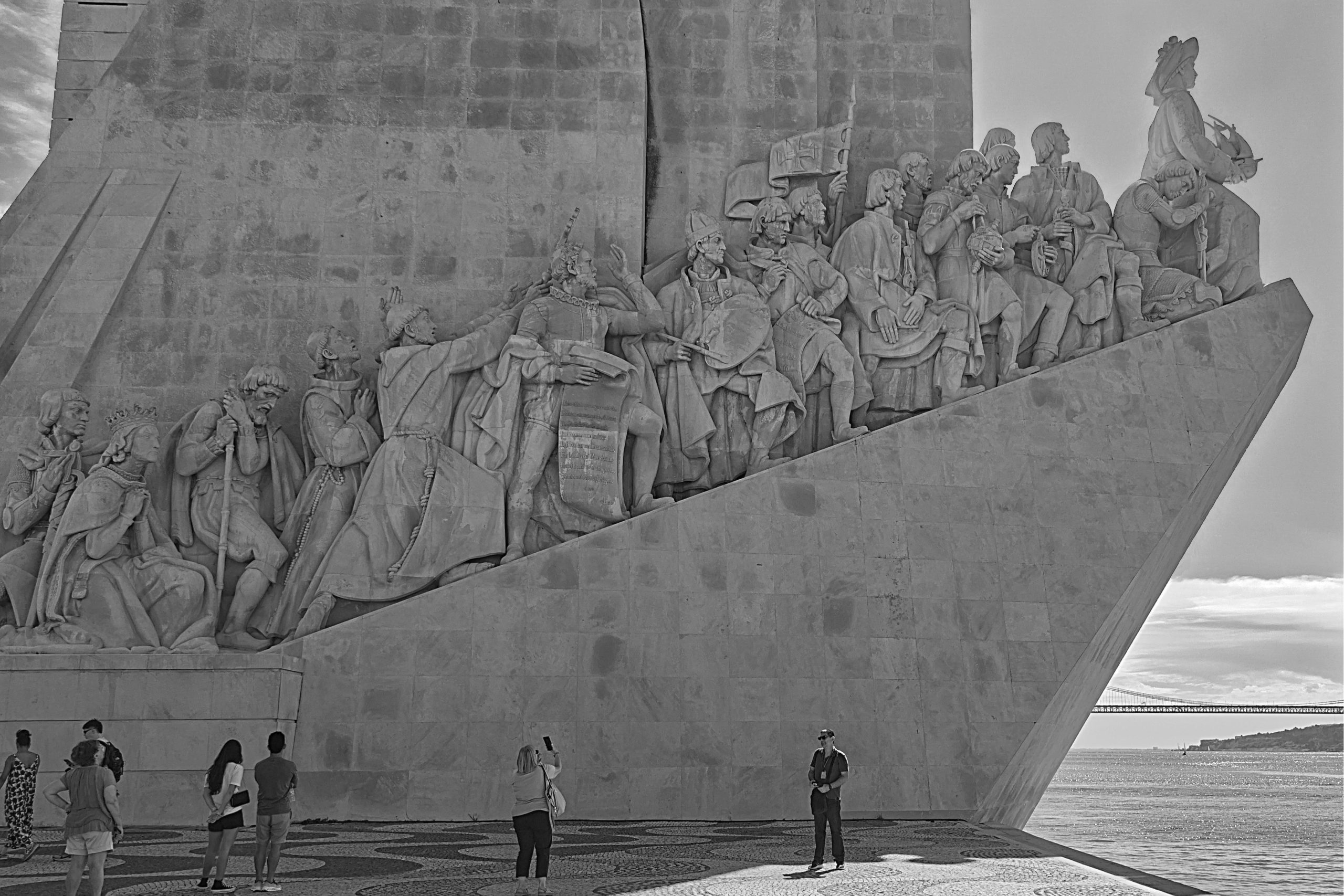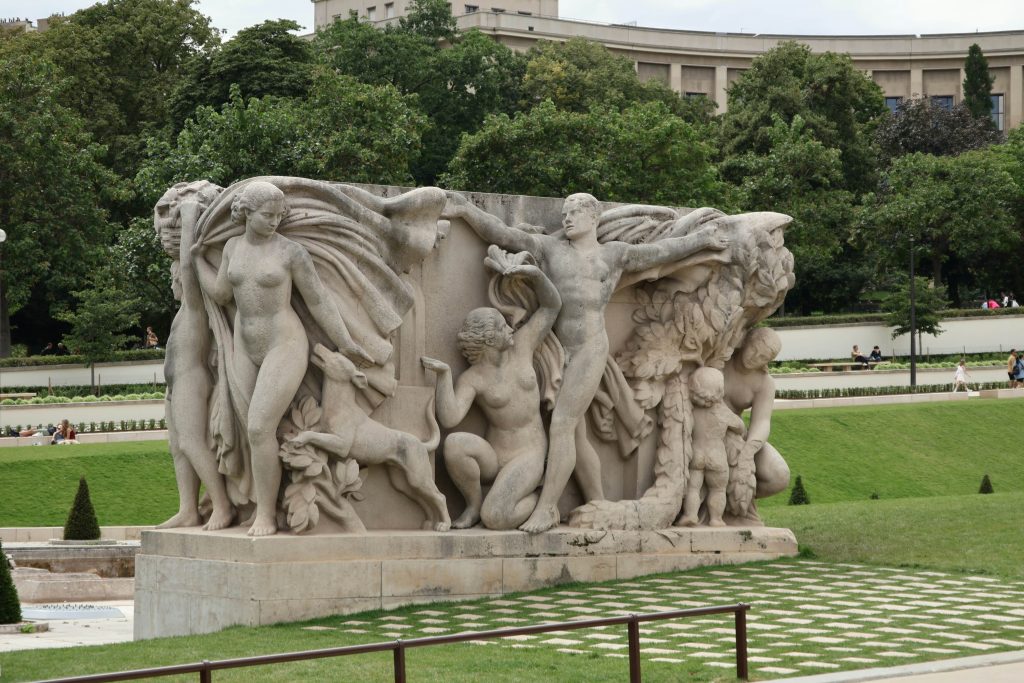
29 Sep How Documentaries Capture the Beauty of Cultural Exchange in Art
Introduction
Cultural exchange in art refers to the sharing, collaboration, and blending of creative practices, ideas, and traditions among diverse communities worldwide. It highlights how art can serve as a bridge between societies, offering new perspectives and fostering mutual understanding. This article explores how documentaries capture and showcase this exchange, focusing on films that reveal the dynamic ways art transcends borders. Rather than concentrating on specific case studies, the emphasis here is on how these documentaries illustrate universal themes of artistic dialogue and cultural interaction. By examining these films, we uncover how visual storytelling helps audiences better appreciate the interconnected nature of global art.
The Role of Documentaries in Showcasing Cultural Exchange
Documentaries have long been powerful cultural bridges, allowing stories, traditions, and artistic practices to cross geographical boundaries. They bring local experiences to global audiences, making dialogues on art and culture widely accessible. Beyond accessibility, these films also play an important role in preserving intangible cultural heritage by recording creative traditions, performances, and artistic processes that might otherwise be overlooked or forgotten.
Art documentaries often explore recurring themes that reflect the complexity of cultural exchange. Collaboration is a central focus, where artists from different backgrounds co-create and learn from one another, generating new forms of expression. Influence is another theme, demonstrating how one culture’s artistic traditions can inspire or transform those of another. Globalization further adds depth, showing how increased interconnectedness shapes creative practices, both expanding opportunities and challenging traditional boundaries.
For audiences, the impact of these films is profound. They encourage viewers to see art as a universal language, one that fosters empathy, appreciation, and respect for diversity. By experiencing cultural narratives from around the world, audiences gain a deeper sense of shared humanity and the realization that creativity knows no borders.
Curated List of Documentaries on Art and Cultural Exchange
Several documentaries highlight the intricate ways art and culture intersect, offering unique perspectives on collaboration, inspiration, and global influence.
“Ai Weiwei: Never Sorry” (2012) This film examines the intersections of art, identity, and cross-cultural communication. By showcasing how Ai Weiwei’s work resonates across continents, it demonstrates how artistic expression can spark international conversations about creativity and cultural values.
“Wasteland” (2010) Set in Brazil, this documentary follows the transformation of communities through collaboration with contemporary artists. It highlights how artistic practices can merge with local traditions, creating works that inspire both personal growth and cultural appreciation.
“Kusama: Infinity” (2018) This film traces the life of Yayoi Kusama and her journey from Japan to the international art scene. It emphasizes how her work influenced and was influenced by different cultures, showing art as a continuous dialogue of exchange and reinvention.
“Cutie and the Boxer” (2013) Exploring the creative and personal partnership of two artists, this documentary highlights the blending of Japanese and American artistic traditions within the framework of family life. It underscores how cultural adaptation enriches individual artistic expression.
“The Story of Film: An Odyssey” (2011) Unlike other entries, this expansive documentary focuses on cinema itself as a global art form. It chronicles how filmmaking techniques and storytelling traditions have been shared, borrowed, and reinvented across continents, illustrating the cross-cultural nature of visual storytelling.
Conclusion
Documentaries serve as invaluable windows into cultural exchange in art, offering insight into how creativity functions as a global connector. By examining themes such as collaboration, influence, and globalization, these films highlight the shared and evolving nature of human expression. The curated list reflects the many ways art becomes a site of dialogue—whether through community engagement, artistic innovation, or cross-cultural partnerships.
Beyond entertainment, art documentaries carry broader implications for fostering intercultural respect and creativity. They encourage audiences to engage with diverse perspectives, cultivating a richer understanding of the world through the lens of art. Ultimately, visual storytelling reinforces the idea that art is not confined by geography but is instead a dynamic and borderless conversation that unites humanity.
Key Takeaways
- Documentaries as Cultural Bridges Documentaries serve as powerful connectors between communities by making local art and traditions visible to global audiences. They allow viewers to engage with diverse cultural narratives, helping break down barriers and fostering understanding across borders.
- Preserving Intangible Cultural Heritage Beyond storytelling, documentaries act as archives of creativity, capturing performances, rituals, and artistic processes that might otherwise be forgotten. This preservation ensures that future generations can experience and learn from cultural practices that shape human identity.
- Recurring Themes in Cultural Exchange Many art documentaries highlight collaboration between artists, the influence of one tradition on another, and the impact of globalization. These themes show how artistic practices evolve, adapt, and merge, creating fresh forms of expression that reflect a constantly interconnected world.
- Art as a Universal Language By showcasing diverse artistic traditions, documentaries emphasize that creativity transcends linguistic and cultural differences. Viewers are encouraged to develop empathy, respect, and appreciation for diversity, recognizing shared humanity through the lens of art.
- Influential Documentaries to Explore Films such as Ai Weiwei: Never Sorry reveal how art sparks global conversations about culture and identity, while Wasteland demonstrates the transformative power of collaboration. Kusama: Infinity and Cutie and the Boxer illustrate how cross-cultural influences enrich individual artistry, and The Story of Film: An Odyssey showcases cinema as a truly global art form shaped by exchange and reinvention.
FAQs
Why are documentaries important for understanding cultural exchange in art?
Documentaries provide an accessible way to experience how art crosses cultural boundaries. They preserve traditions, highlight collaborations, and capture the transformation of creativity across societies. By combining visual storytelling with authentic voices, these films help audiences appreciate the interconnectedness of global artistic practices.
How do documentaries showcase collaboration between different cultures?
Through real-life stories, documentaries reveal how artists from diverse backgrounds come together to co-create and share perspectives. These films often show how traditions blend, how inspiration flows across borders, and how collaborative projects spark new forms of expression while honoring cultural identity and heritage.
What impact do art documentaries have on global audiences?
Art documentaries encourage audiences to see creativity as a universal language. They foster empathy, broaden cultural awareness, and inspire appreciation for diversity. By witnessing stories of artistic exchange, viewers gain a deeper understanding of shared humanity and recognize how cultural interactions enrich the global artistic landscape.
The environment in which artists work directly influences their process and artistic voice. This guide offers insights into creating studios and workspaces that balance comfort, function, and inspiration, helping contemporary artists bring their ideas to life.




